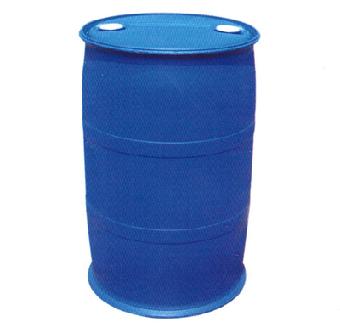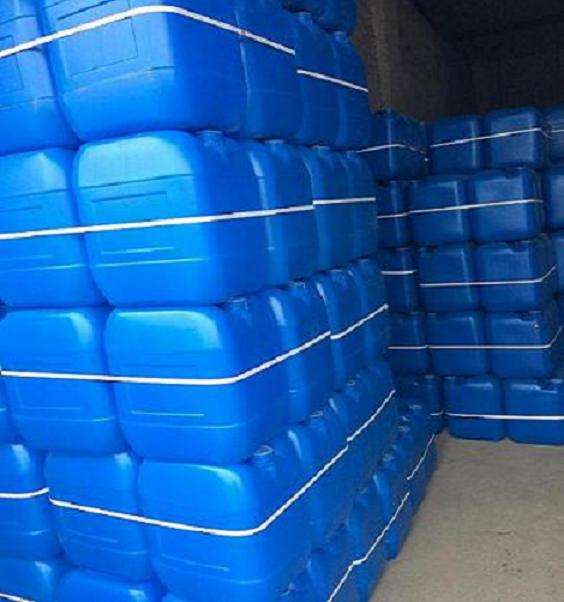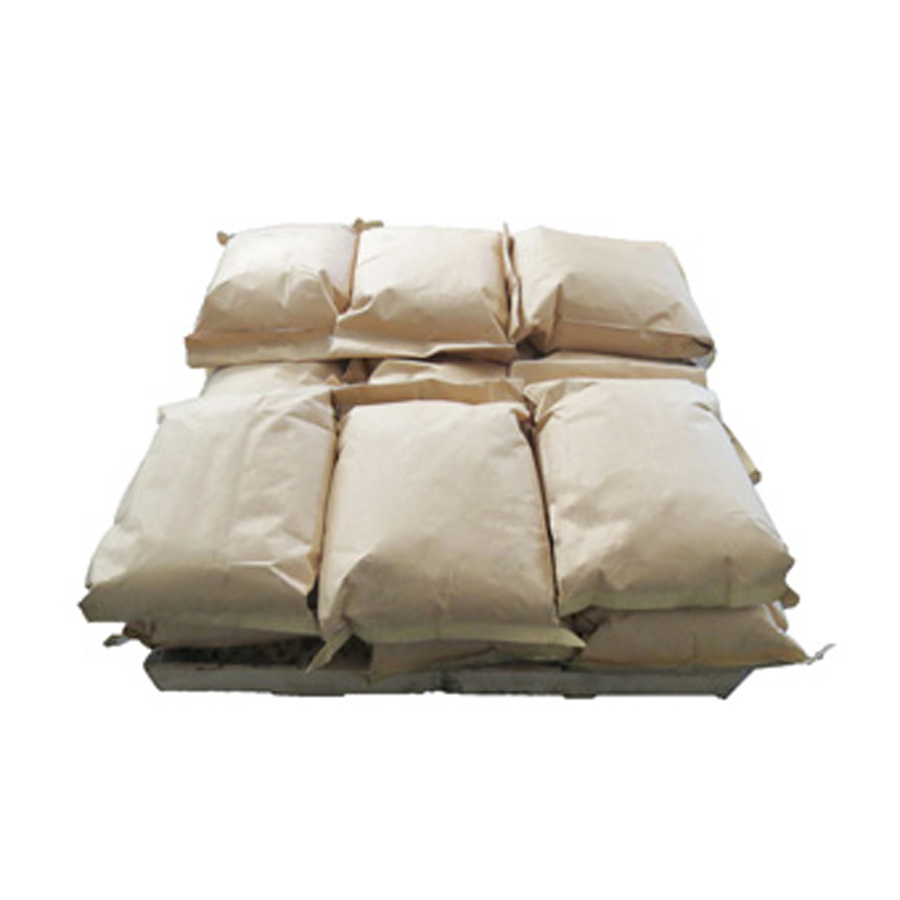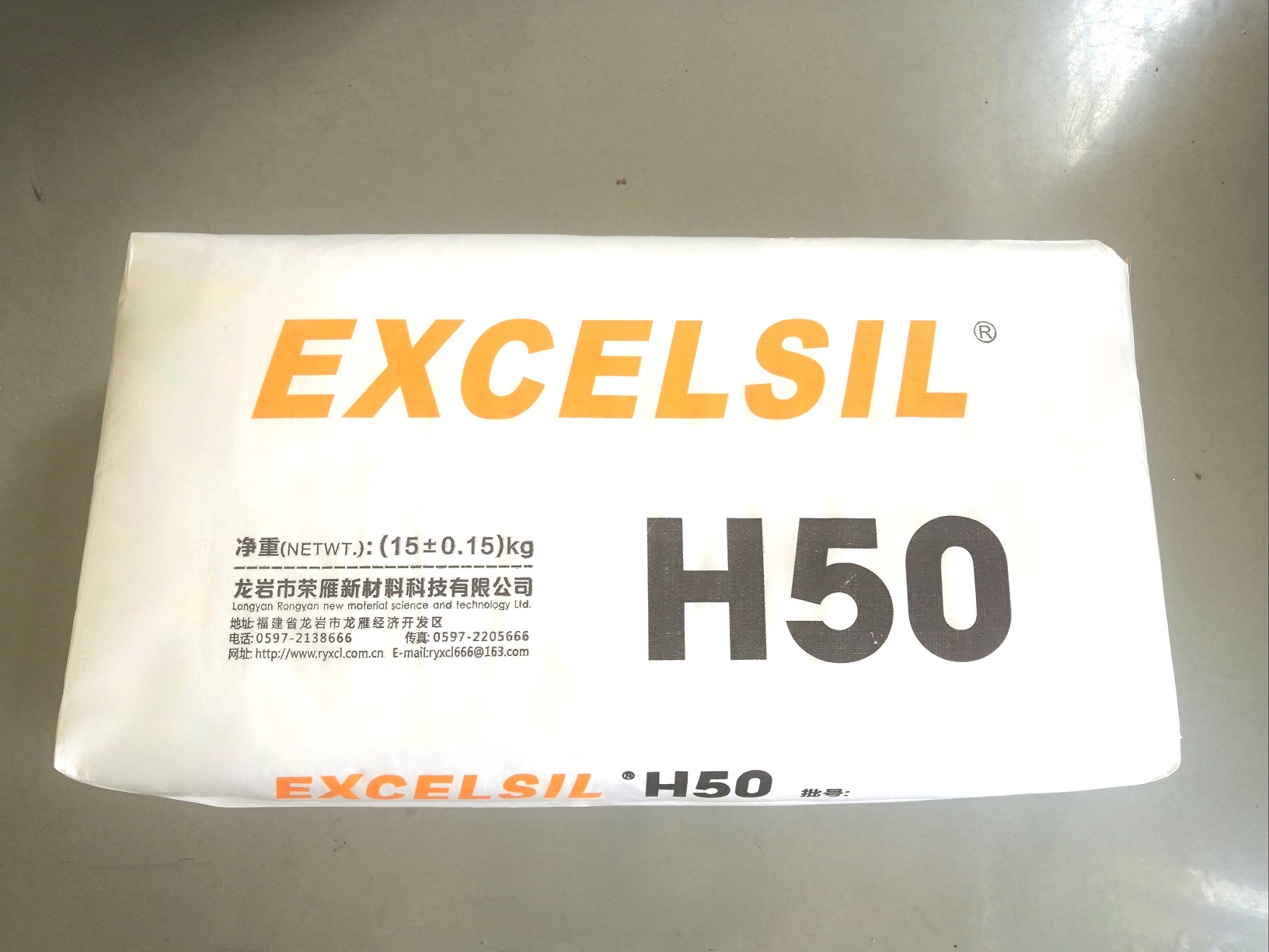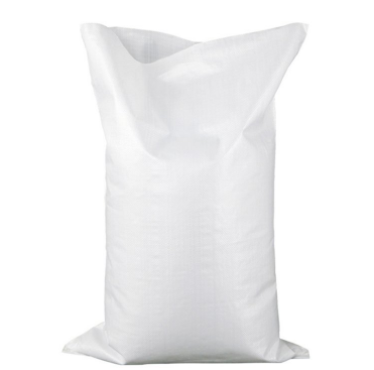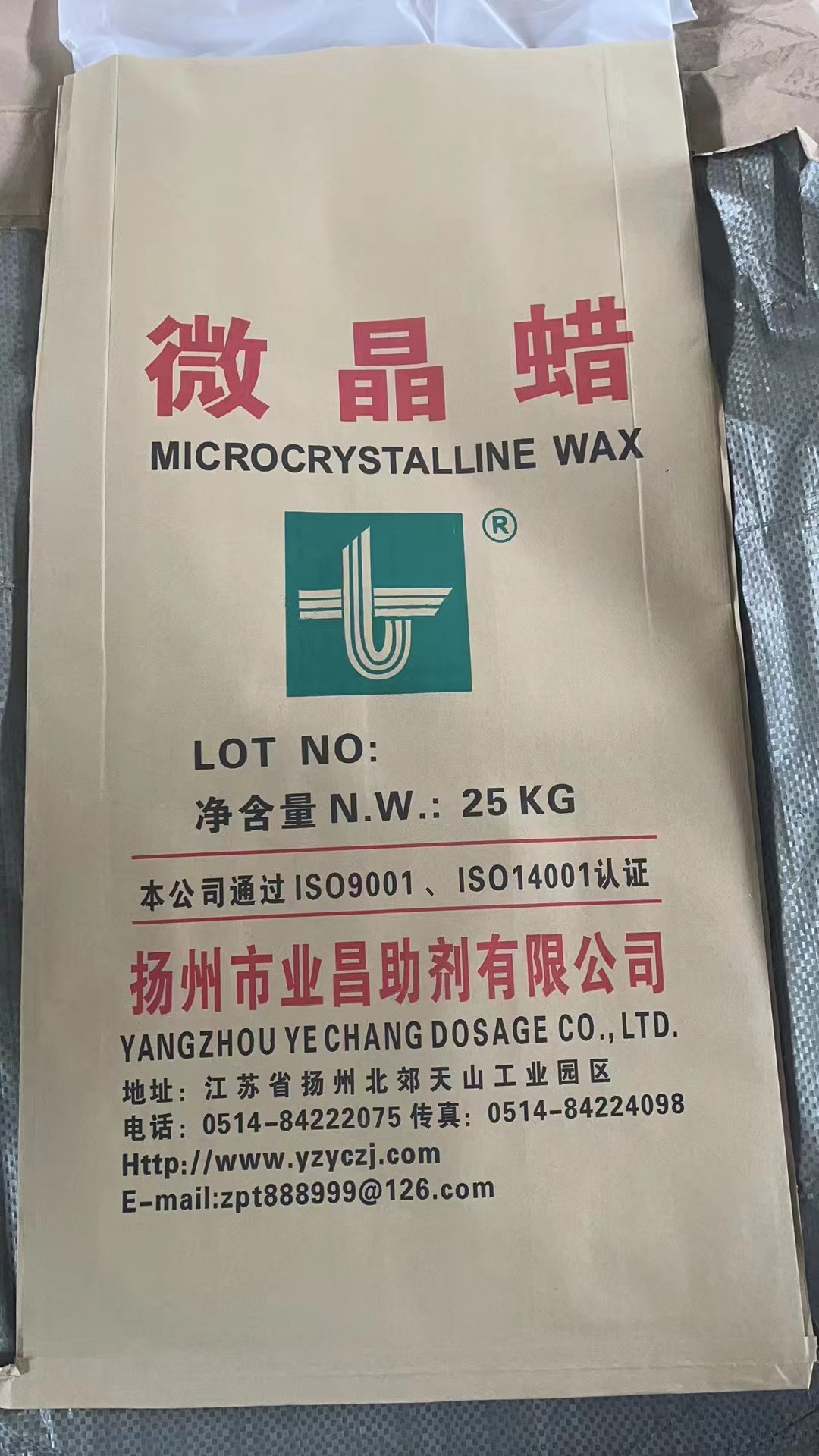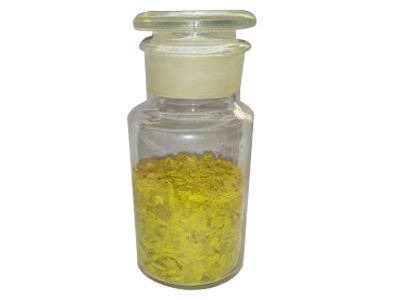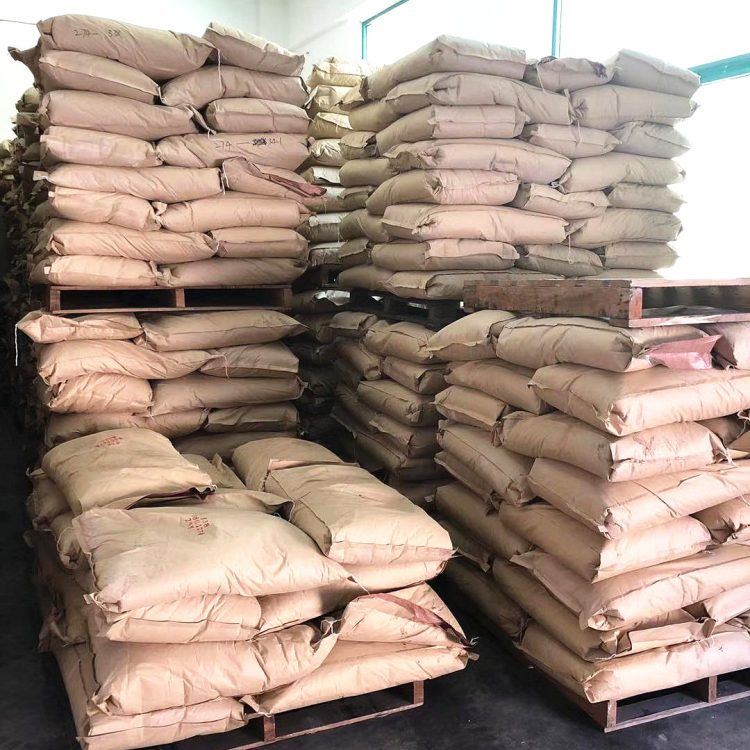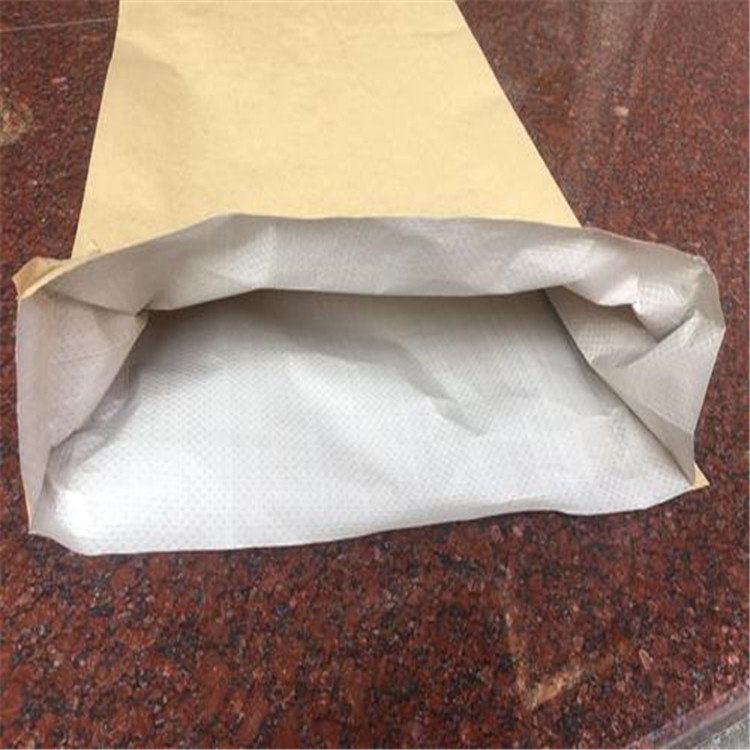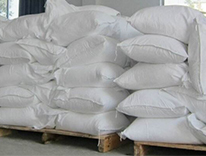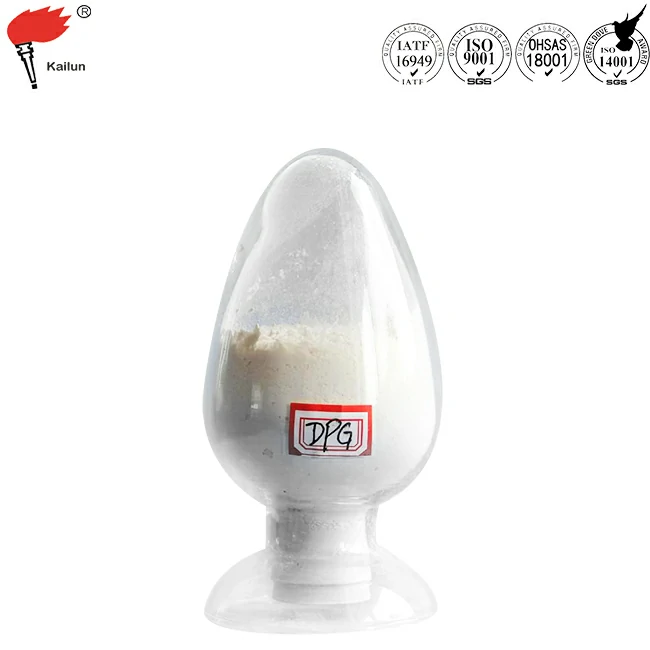Antioxidant
Other Auxiliary Agent
Petroleum Additives
Adsorbent
Water Treatment Chemicals
Rubber Additives
Adhesive Additives
Cross-Linking Agent
Flame Retardants
UV Absorbers
Organic Extractant
Resin Additives
Electronics Chemicals
Pesticide Additives
Building Chemicals
Plastic Additives
Oilfield Chemicals
Adhesive
Plastic Rubber Chemicals
Paper Additives
Molecular Sieve
Coating Additives
Textile Auxiliaries
Fluorescent Brightener
Polyethylene Glycol Derivatives
Coupling
Forest Chemicals
Leather Auxiliary Agents
Beneficiation Agents and Smelting Additives
Dye Auxiliaries
CAS:614-45-9
Molecular Formula:C11H14O3
Alias
More Information
tert-Butyl Perbenzoate; Tert-Butyl Peroxybenzoate; t-Butyl Perbenzoate; Chaloxyd tbpb; tert-Butyl Benzenecarboperoxoate; Perbutyl Z; Sperox 10; Initiator C; Benzenecarboperoxoic acid, 1,1-Dimethylethyl Ester; Terc.Butylperbenzoan; Benzoyl tert-Butyl Peroxide; Peroxybenzoic acid, tert-Butyl Ester; Perbenzoate de Butyle Tertiaire; T-Butyl Peroxybenzoate; TBPB; CP-02
Brief Introduction
The product can be used as curing initiator for heating and forming unsaturated polyester resin and polymerization catalyst for various resins such as high-pressure polyethylene, polystyrene and diallyl phthalate (DAP).
Suppliers
View More Vendors (3) >
CAS:7631-86-9
Molecular Formula:O2Si
Alias
More Information
Silica; Quartz; Aerosil; Dioxosilane; Glass; Diatomaceous Earth; Cristobalite; Tridymite; Silicon Dioxide food Grade; Precipitated Silica; SiO2; Aerosil Powder; Silica Precipitated; Si02
Brief Introduction
Silica is the most abundant of all minerals. Silica in nature is called silica, which accounts for about 12% of the total weight of the earth's crust. There are three different crystal forms of silica: quartz, scaly quartz and cristobalite. Quartz is the most stable at room temperature and the other two are stable at high temperature. They also exist at room temperature because of their slow transformation into quartz.
Suppliers
View More Vendors (3) >
CAS:8001-75-0
Molecular Formula:C30H50O2
Alias
More Information
Ceresin; Ozocerite wax; Rubber Protective Wax
Brief Introduction
Microcrystalline wax is odorless and tasteless. It is a white amorphous solid wax. Microcrystalline wax can be used as nutritional enhancer, emulsifier, coating agent and lubricant. Microcrystalline wax has good oil absorption performance, can form stable and uniform paste with a variety of solvents and waxes, and has emulsifying property. It can be used as processing aids such as shoe polish, automobile wax, polishing wax, floor wax, polishing wax, traditional Chinese medicine pill, protective agent, candle, wax toys, dental materials and cosmetics. In addition, the use of the raw material in the wax paper formula can make the handwriting clear and the abrasion resistance can be significantly improved.
Suppliers
View More Vendors (3) >
CAS:88-75-5
Molecular Formula:C6H5NO3
Alias
More Information
Phenol, 2-Nitro-; 2-Hydroxynitrobenzene; 2-Nitro-Phenol; 2-Nitro-1-Hydroxybenzene; o-Nitrofenol; 2-Nitrylphemol; o-Hydroxynitrobenzene; Ortho-Nitrophenol; Ortho Nitrophenol; Phenol,2-Nitro; o-Nitro-Pheno; Phenol,o-Nitro; 2-Nitro-Pheno; Ortho Nitro Pheno; 2-Nitrophenol
Brief Introduction
1. It can be used as the intermediate of organic synthesis such as medicine, dyestuff, rubber assistant and photosensitive material.
2. Used as rubber antioxidant, developer, monochromatic pH indicator, photosensitive material, etc.
3. Used as organic synthesis intermediate, indicator and analytical reagent.
Suppliers
View More Vendors (3) >
CAS:102-06-7
Molecular Formula:C13H13N3
Alias
More Information
1N,3N-Diphenylguanidine; Rubber Vulcanizing Accelerator DPG; Usafb-19; Accelerator DPG; Diphenyl Guanidine; Vanax Dpg; Dfg; Accelerator DPG(D); Guanidine, N,N'-Diphenyl-; Denaxdpg; Vulkazit; N,N'-Diphenyl-Guanidine; Denax; 1,3-Diphenyl-Guanidine; Dpg; Dynamine; Noccelerd; N,N'-Diphenylguanidine; 1133293; Rubber Accelerator D; (E)-1,2-Diphenylguanidine; Rubber Vulcanization Accelerator Dpg-80; Diphenyl Guanidin; Sym-Diphenylguanidine; Melaniline; N,N'-Diphenylguanidine (Sym.), Standard Titrim. Substance; Diphenylguanidine(Dpg)
Brief Introduction
It is mainly used as medium speed accelerator for natural rubber and synthetic rubber. It is commonly used as an active agent of thiazole, thiuram and hypoiodoyl accelerators. When used in combination with accelerators DM and TMTD, it can be used for continuous vulcanization. When the second accelerator of thiazole accelerator is used, the aging resistance of vulcanizate decreases, so appropriate antioxidant must be added. In chloroprene rubber, the product has the functions of plasticizer and plasticizer. This product is not suitable for white or light colored products and rubber products in contact with food. It is mainly used to manufacture tires, rubber plates, soles, industrial products, hard rubber and thick wall products. The dosage as the second accelerator is 1-2 phr, and the general dosage as the second accelerator of thiazole accelerator is 0.1-0.5 phr. Chromium tyrodiphenylguanidine, a derivative of diphenylguanidine, is a highly effective antirust agent. Diphenylguanidine is also used as plastic crosslinking agent, temperature indicating material, ore flotation agent, coating agent, polishing material agent, metal analysis agent and building material agent.
Suppliers
View More Vendors (3) >
Inquiry (
10
/ 10
)
Clear All
Sign In
Error!

